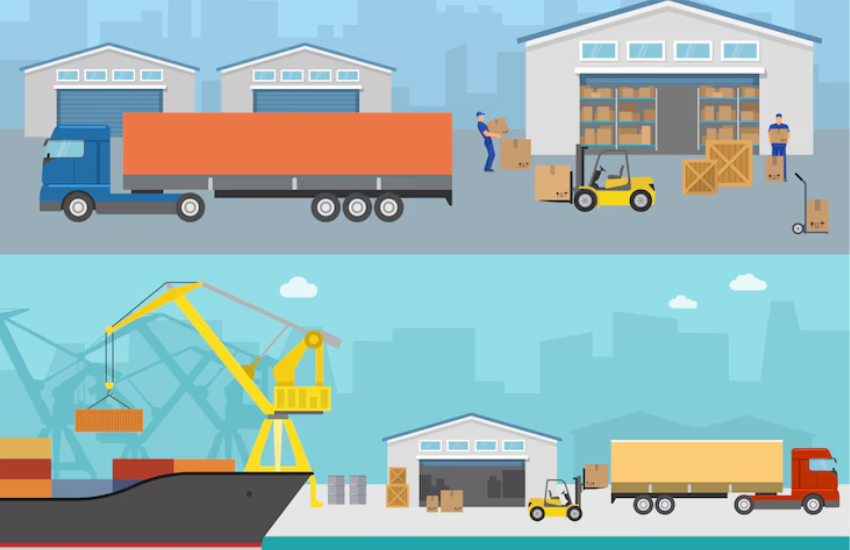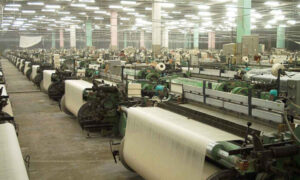
When it comes to transporting oversized construction materials across the UK, it’s never as simple as just loading the cargo and hitting the road. These loads often exceed standard weight, height, or length limits and require specialist vehicles, planning permissions, route surveys, and compliance with multiple safety regulations. For construction companies, contractors, and haulage firms, understanding the most effective transportation methods is critical—not just for meeting deadlines, but also for protecting public safety and avoiding legal pitfalls.
This article offers a detailed, experience-based look at how oversized construction materials are transported throughout the UK, highlighting the methods, challenges, legal considerations, and smart strategies used in today’s logistics landscape.
What Qualifies as Oversized Construction Material?
In the UK, a load is classified as abnormal or oversized if it meets any of the following criteria:
- Weight: More than 44 tonnes
- Width: Wider than 2.9 metres
- Length: Longer than 18.65 metres
- Axle Load: Exceeds normal road limits
Examples of such materials include:
- Structural steel beams and girders
- Precast concrete sections
- Modular or prefabricated buildings
- Large site equipment like tower cranes or piling rigs
- Bridge components and wind turbine parts
Transporting these items safely and legally requires more than standard logistics—it demands specialist vehicles, route planning, and legal compliance.
1. Low Loader and Semi-Low Loader Trailers
These are the workhorses of oversized transport in the UK. Low loader trailers are designed to carry high and heavy loads while keeping the load height within legal limits. Their lowered beds make them ideal for construction equipment like:
- Excavators
- Piling rigs
- Bulldozers
- Precast slabs
Semi-low loaders have a slightly higher bed but offer a balance between load capacity and ground clearance. These are perfect for heavier prefabricated components or multi-unit loads.
Why they work:
- Easy to load and unload using ramps or cranes
- Excellent for heavy and tall loads
- Available in multi-axle configurations to spread weight evenly
2. Extendable and Modular Trailers
Oversized doesn’t always mean heavy—it can also mean long. For exceptionally long items such as:
- Bridge beams
- Tower crane arms
- Wind turbine blades
…extendable trailers are often used. These trailers can be adjusted in length to match the cargo, which helps maintain balance and safety on the road.
Modular trailers are made up of individual axle lines that can be connected in different ways depending on the load type. These are commonly used by heavy haulage specialists for loads over 100 tonnes.
Benefits:
- Complete flexibility for odd-shaped and long materials
- Can navigate tight turns with hydraulic steering
- Safer distribution of load across road surfaces
3. HIAB Trucks and Crane-Assisted Lorries
HIAB (Hydrauliska Industri AB) trucks combine transportation with lifting capability. These vehicles are equipped with mounted cranes that allow operators to load and unload oversized items without needing separate lifting equipment.
Ideal for:
- Portable cabins
- Site containers
- Scaffolding bundles
- Utility poles
Why choose HIAB transport?
- Faster turnaround on-site
- Perfect for urban sites with limited access
- Reduces the need for mobile cranes
4. Abnormal Load Haulage Services
For the biggest and heaviest items, such as full concrete bridge spans or prefabricated sections weighing upwards of 100 tonnes, you’ll need abnormal load services. In the UK, transporting abnormal loads involves:
- Notifying local councils, police, and National Highways via the ESDAL system
- Using certified escort vehicles (also called pilot vehicles)
- Complying with time restrictions (often transported at night or off-peak hours)
Companies that specialise in these services—such as Collett, Allelys, and Wynns—have decades of experience in this field and often provide turnkey solutions: route surveys, permits, escorting, and even bridge strengthening advice.
5. Rail and Sea Transport for Oversized Loads
Sometimes, the road simply isn’t the best option. When transporting oversized construction materials over long distances or internationally, rail and sea freight can be the better choice.
Rail Freight
Rail is increasingly used to move heavy construction aggregates, prefabricated tunnel segments, and long steel beams between major construction sites. It’s particularly beneficial for reducing road congestion in cities like London, Birmingham, and Manchester.
Sea Freight
For international projects or offshore wind installations, sea freight is essential. Ports like Port of Felixstowe, Southampton, and Teesport have facilities for roll-on/roll-off (RoRo) cargo and heavy-lift operations.
Benefits:
- Eco-friendly alternatives to road haulage
- Can handle exceptionally large and heavy units
- Suitable for international construction logistics
Legal and Safety Considerations
Transporting oversized construction materials isn’t just about choosing the right vehicle—it’s also about strict compliance with UK laws.
Key Legal Steps:
- Pre-Notification: Required for loads over 2.9m wide or 18.65m long.
- Route Surveys: Check for low bridges, tight bends, or weight-restricted roads.
- Permits: Depending on size/weight, formal permits may be needed.
- Safety Markings: Use of wide load boards, flashing lights, and warning flags.
Pro Tip: Failure to comply with abnormal load regulations can result in fines, legal action, and project delays—always work with a qualified haulage consultant or operator.
Final Thoughts: Plan Ahead and Partner Smartly
Oversized construction transport is a specialist field that calls for precision planning, knowledge of UK transport law, and specialist haulage equipment. Whether you’re delivering a bridge beam to a remote motorway site or lifting a modular building section into a city centre development, choosing the right method and the right partner is critical.
Don’t cut corners. A well-organised oversized load is more than just logistics—it’s peace of mind, safety, and project success rolled into one.






